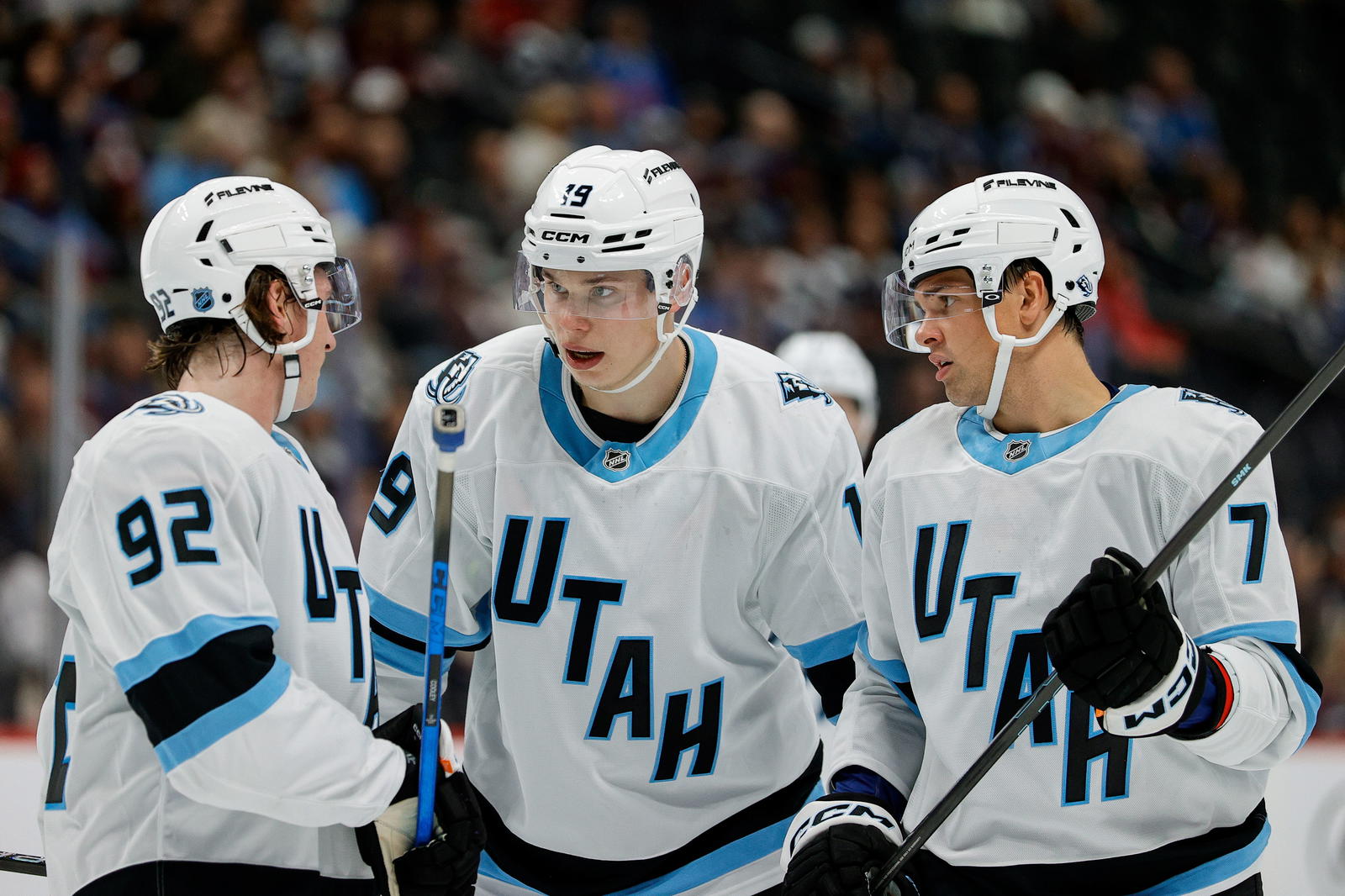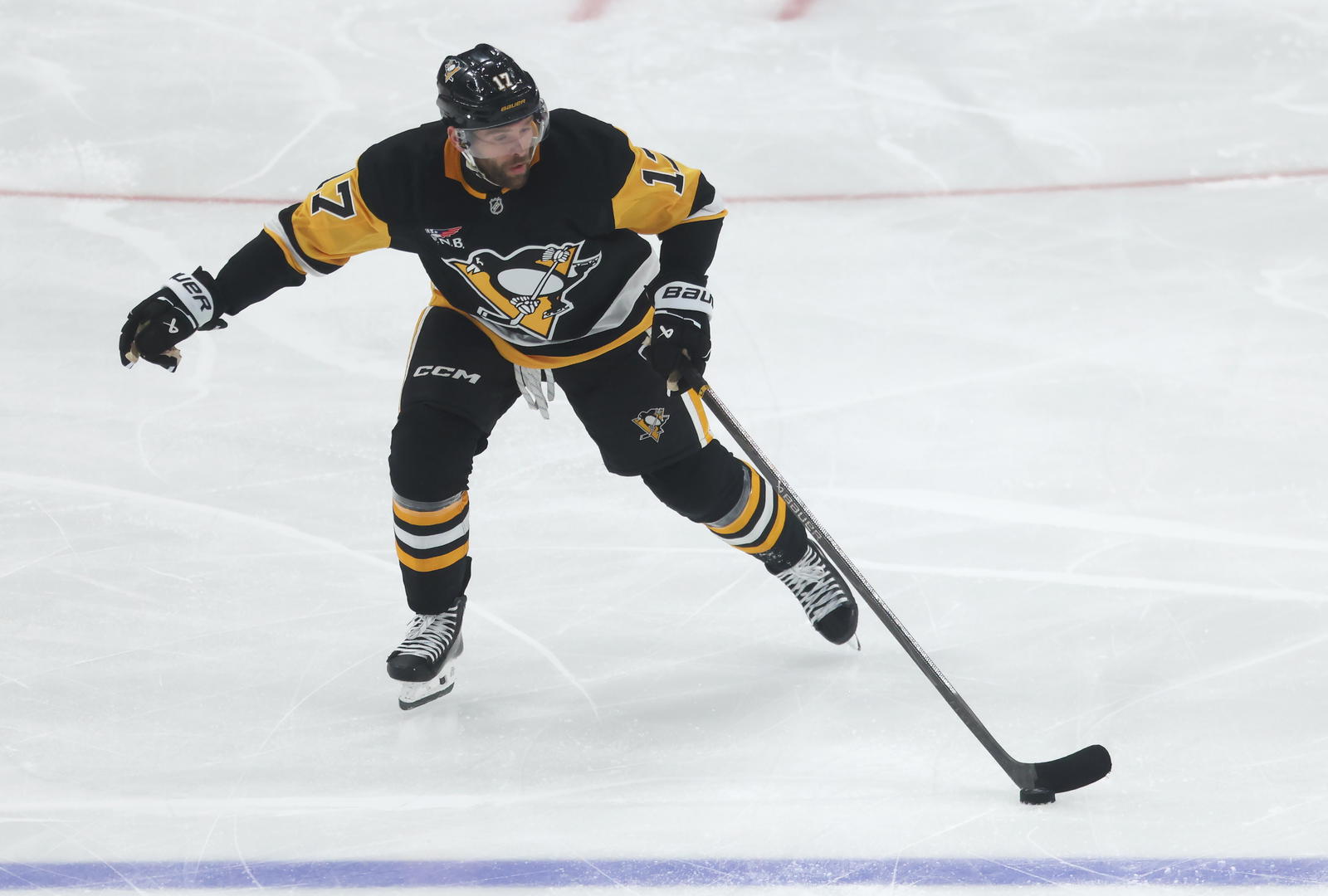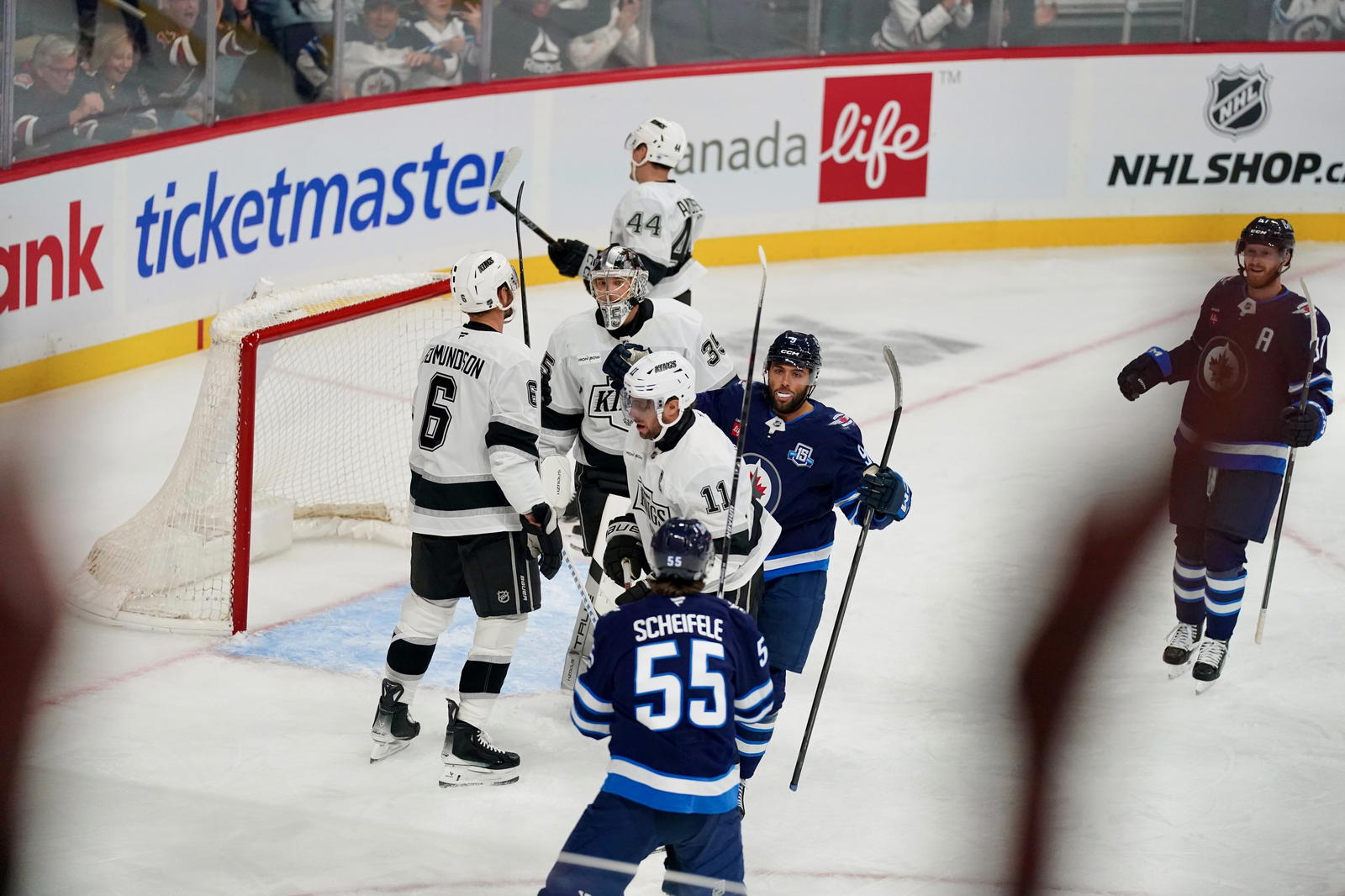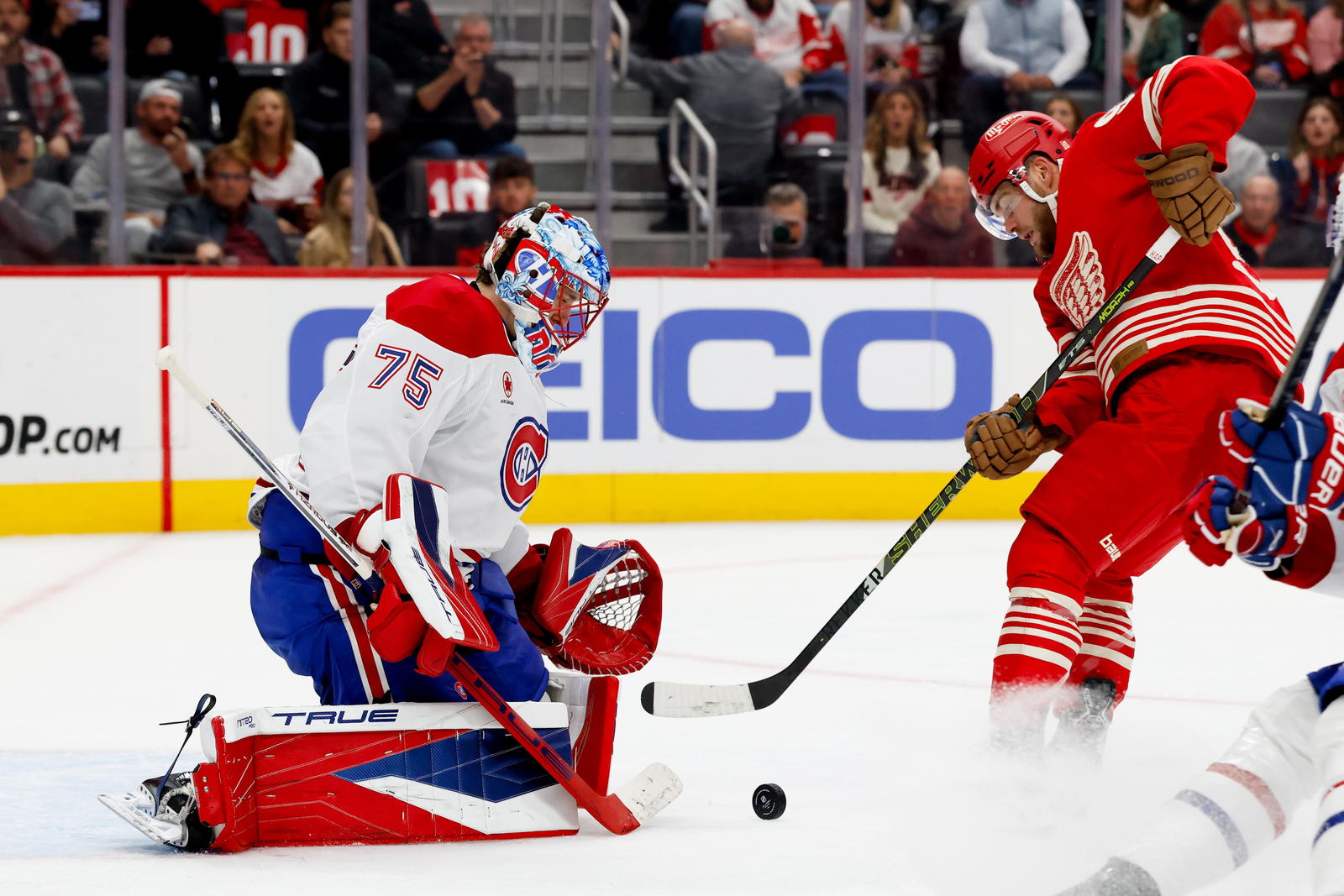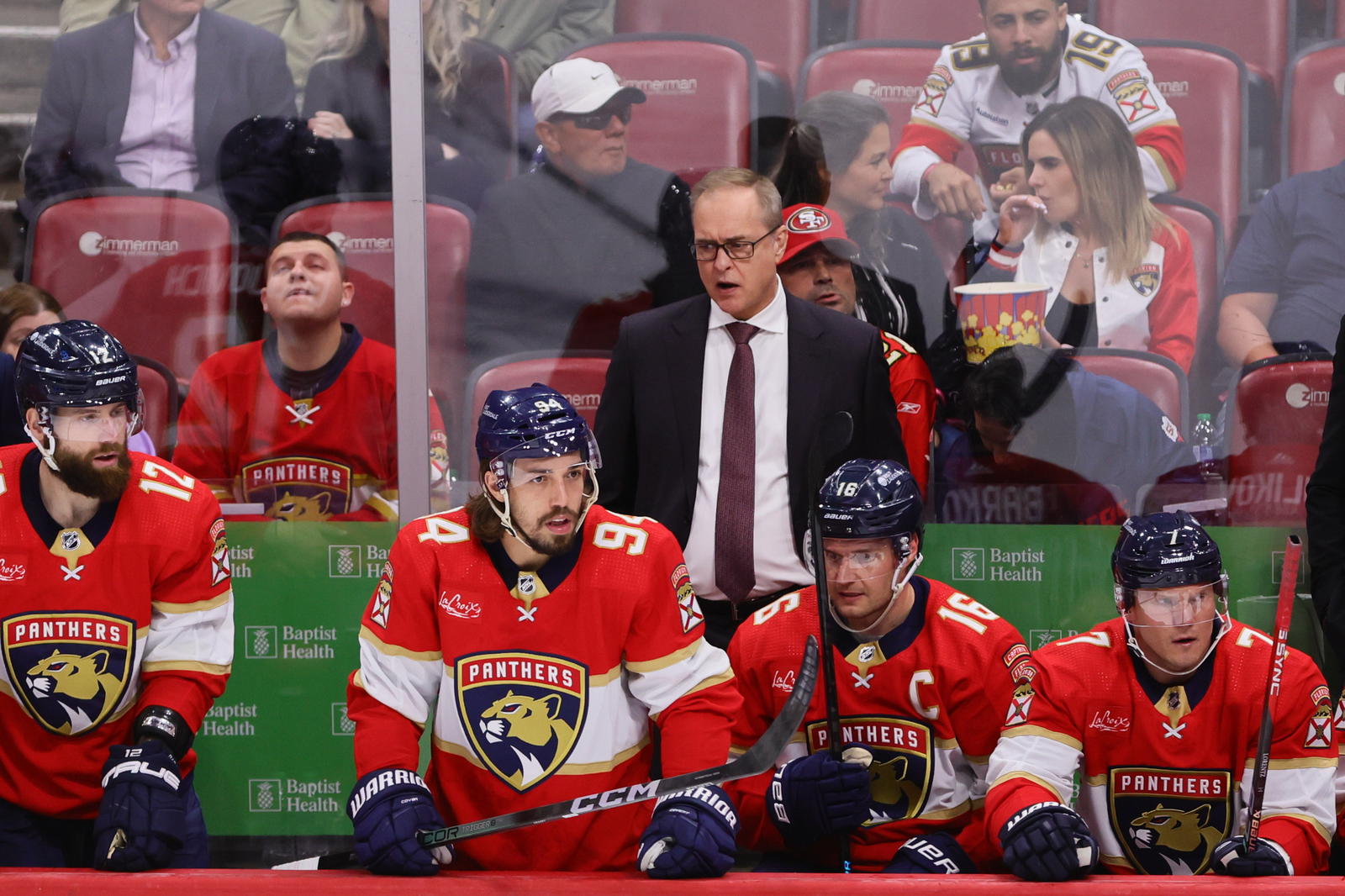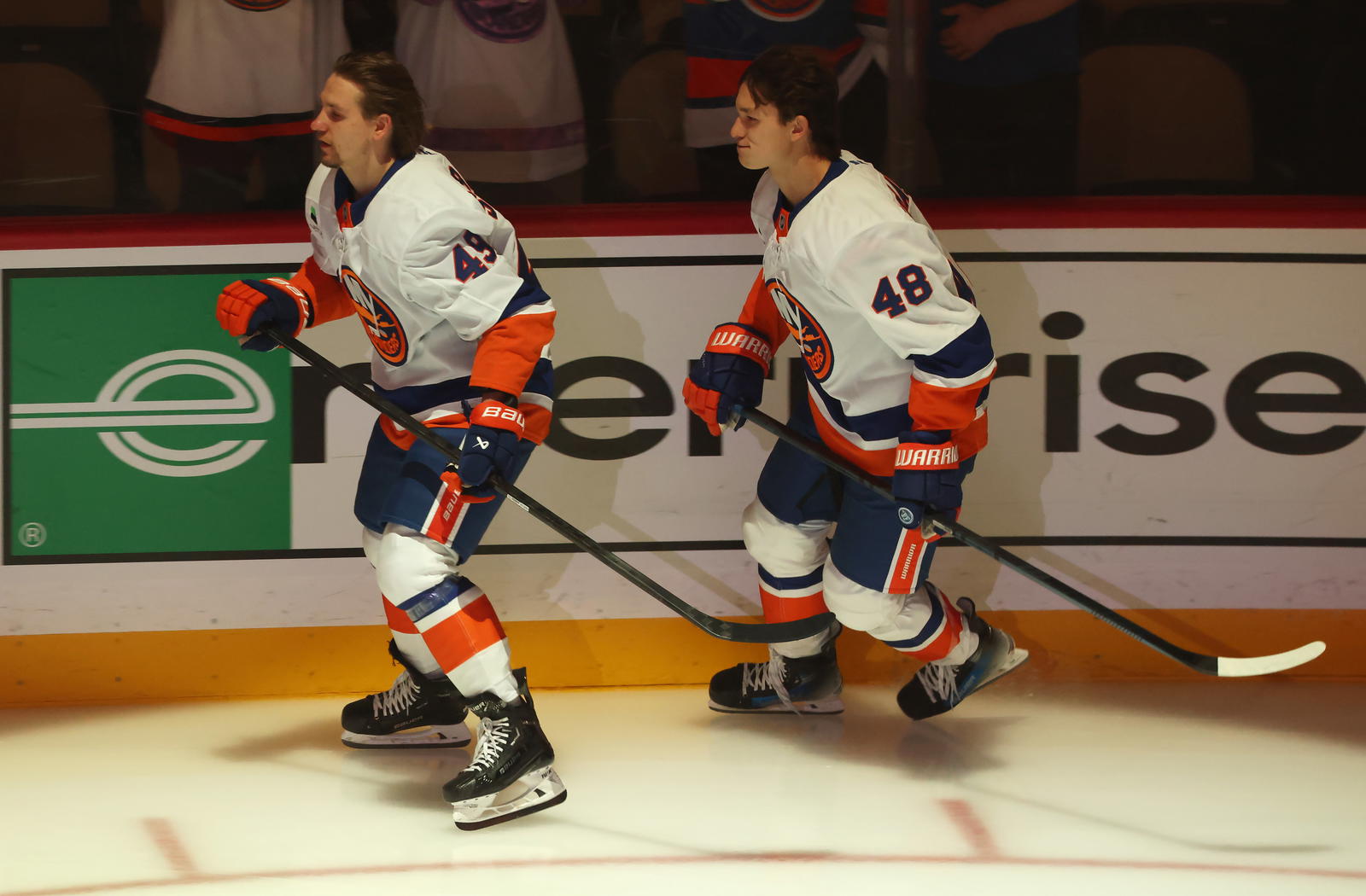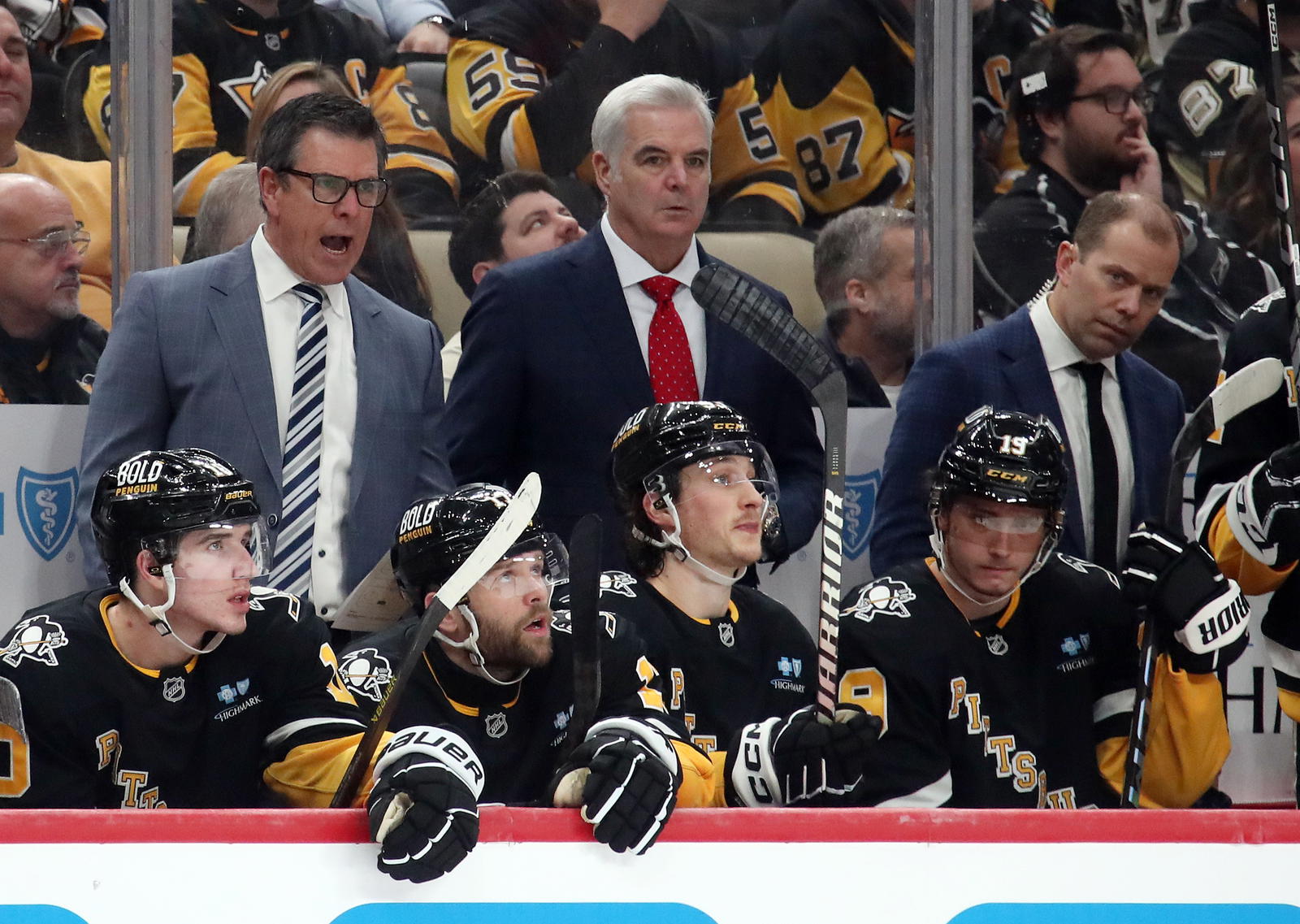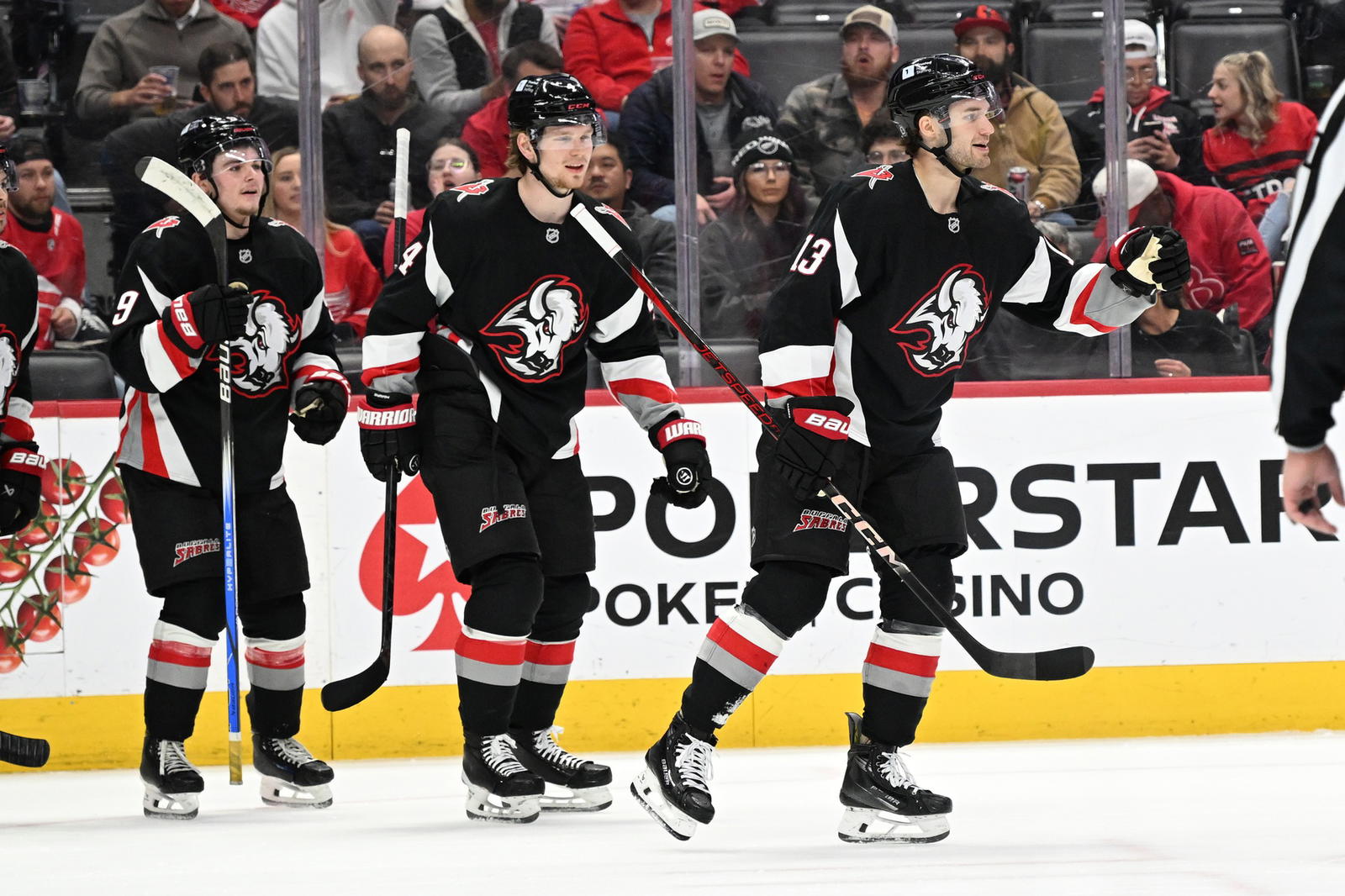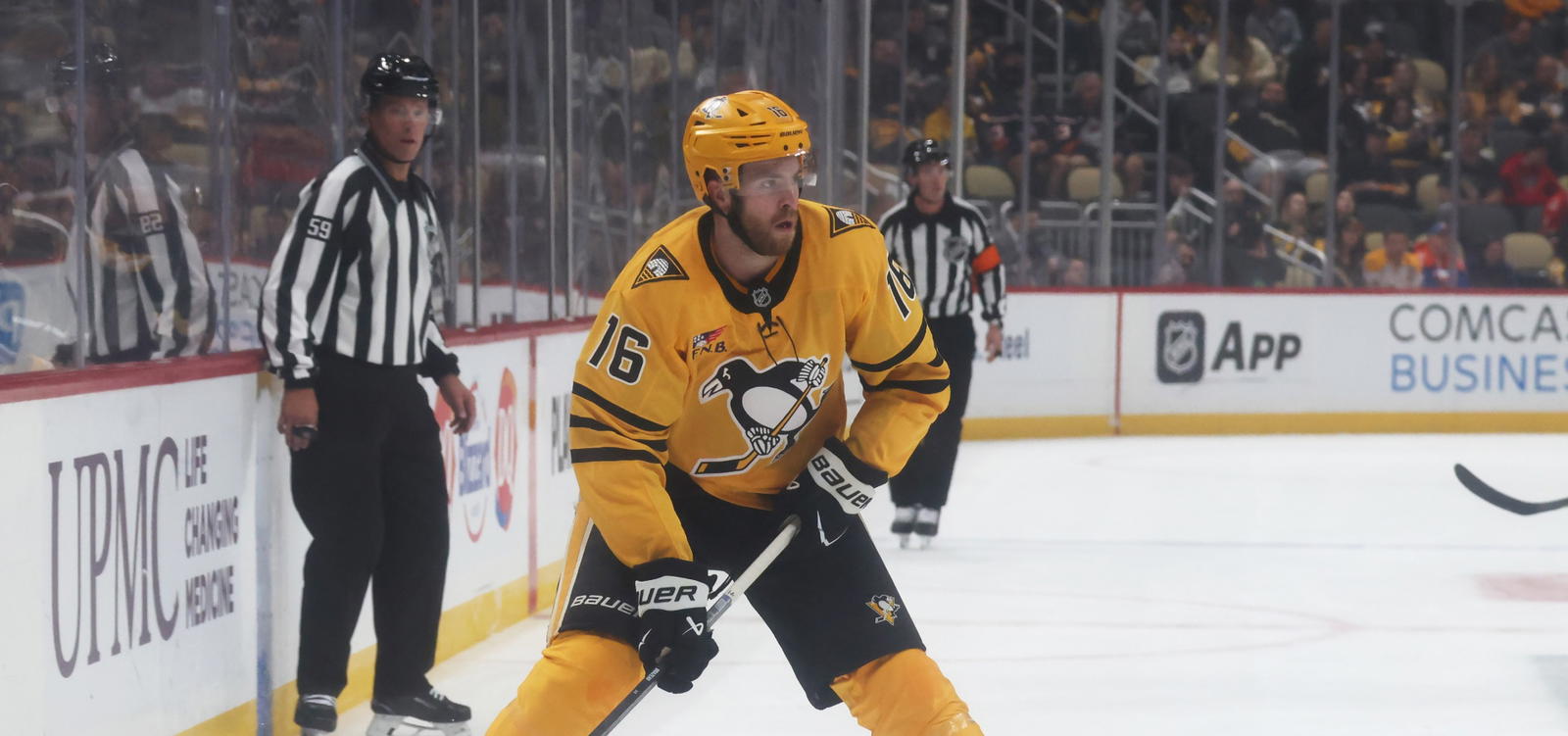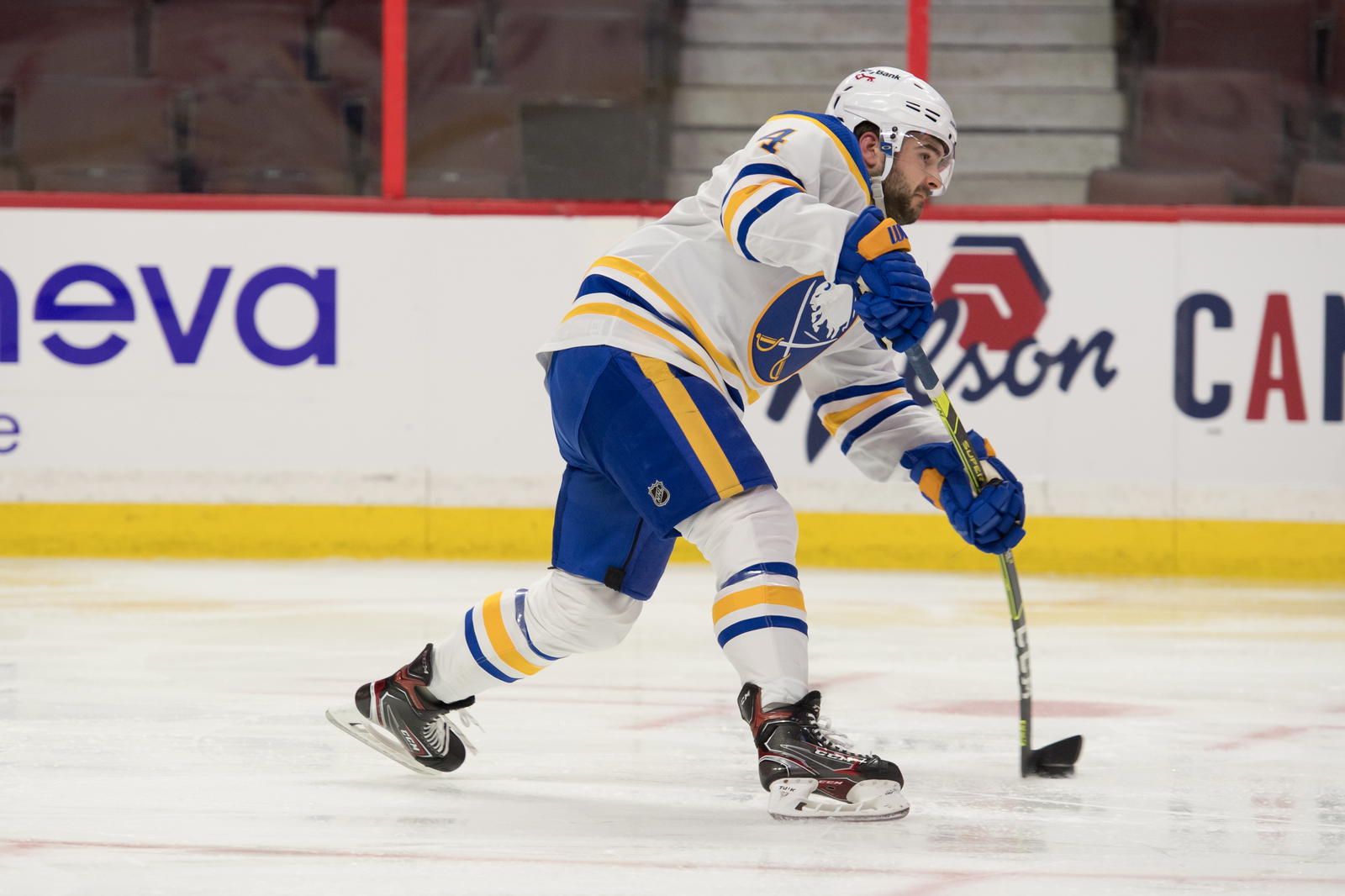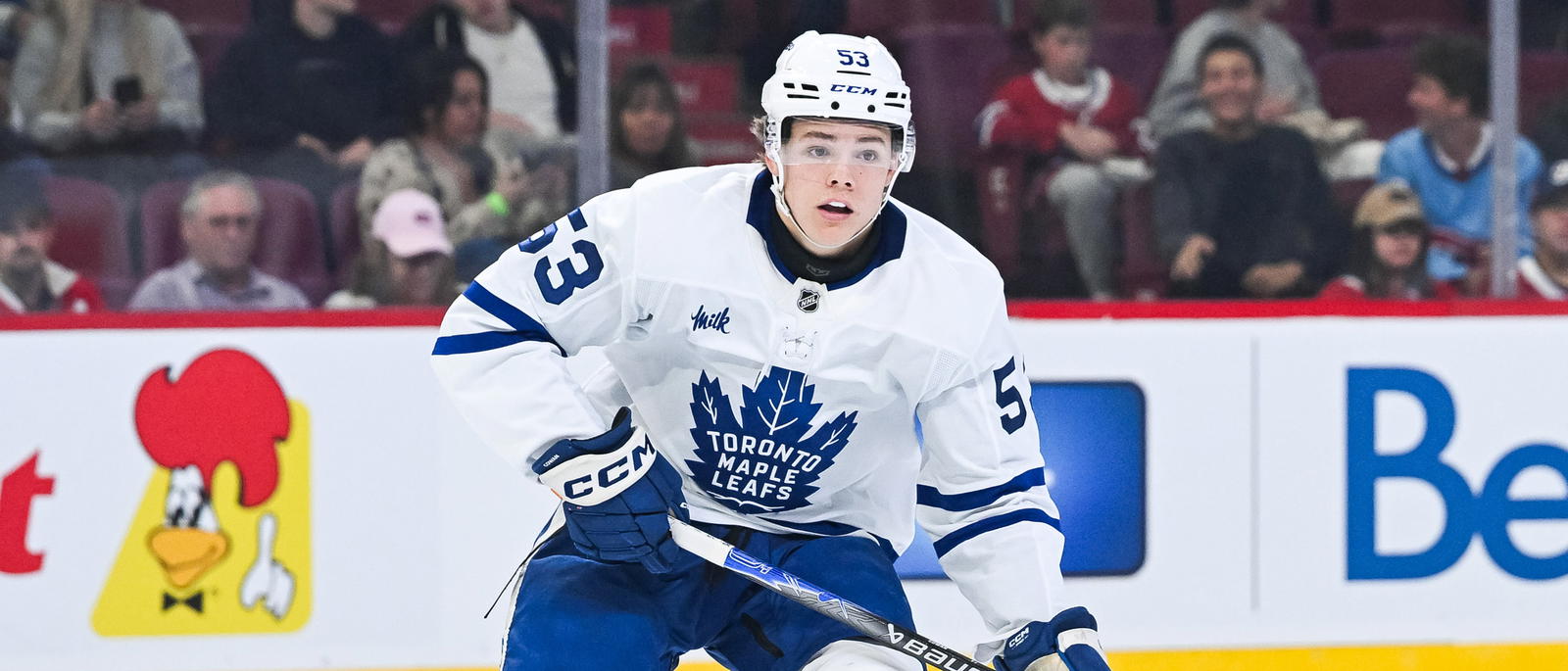By Jared Clinton, Features writer
There aren’t many who will extol the virtues of the National Enquirer. That is, of course, because one would be hard pressed to associate the tabloid with virtuousness in the first place. But there is something to be said for the Enquirer’s cockroach-esque ability to maintain its place as a fixture of grocery-store checkouts. Trust, too, that its longevity has little to do with any reputation as a great bastion of journalistic integrity. Rather, it has survived by trading on one of humanity’s great truths: we all love a little bit of gossip.
Bristle at the suggestion if you wish. Deny it if you must. But the cold reality is no one is immune to a bit of idle talk, and most certainly not those within the hockeysphere. Rumors have become part of the daily news cycle. There are whole accounts all across social media dedicated to aggregating and disseminating the latest tidbits.
And our collective love of digging up the newest dirt even bleeds into television broadcasts, where entire intermission segments center around dissecting the latest chatter regarding this player’s trade availability or that player’s contract negotiations.
But much like understanding that the yarns spun in the Enquirer aren’t worth the paper on which they are printed, an essential part of living in the age of off-ice gossip is learning to distinguish fact from fiction. For John Q. Public, that’s not always an easy thing. Doing so requires a smidgen of media literacy and a working cow-excrement detector. For the media types, it’s about leaning on well-placed sources. When you’re an NHL GM, though? You set out to hear these things straight from the horse’s mouth. And that is what brings us to Utah Mammoth GM Bill Armstrong.
Not unlike most rumor hounds, Armstrong couldn’t help but raise an eyebrow when word trickled out that JJ Peterka was on the market. In three big-league seasons in Buffalo, Peterka had established himself as a legitimate top-six talent. He finished the 2024-25 campaign tied for second in scoring for the Sabres, and with Buffalo desperate to right the ship, Peterka seemed a no-brainer to remain a fixture of the team’s lineup for years to come.
One can understand, then, why Armstrong was skeptical of the trade talk.
“It’s one of those things you ask those GMs when you’re talking to them,” Armstrong told reporters. “ ‘Is this true? Is there any life to this story?’ Most times, there’s none. But this particular one had some legs.”
That’s not to say mapping out a swap for Peterka was as simple as a single phone call. As Armstrong put it, acquiring the 23-year-old right winger “took some time to mature and get across the finish line.” When all was said and done, the Mammoth sent 23-year-old right winger Josh Doan and 25-year-old defenseman Michael Kesselring the Sabres’ way in exchange for Peterka. The cherry on top? Peterka’s almost-immediate commitment to the project in Utah.
It just shows how committed I am to Utah, how excited I am and how much I believe in that group- JJ Peterka on signing a five-year deal.
–
An RFA at the time he was traded, Peterka signed a five-year, $38.5-million contract in the aftermath of his move to Utah. His $7.7-million cap hit makes him the franchise’s highest-paid forward.
“Sometimes, you talk to guys when they’re traded to you and they’re in shock,” Armstrong said. “(JJ) was expecting it and excited about coming to Utah.”
For Peterka, putting pen to paper was an easy choice, and that wasn’t only because of the dollars-and-cents of it all. When the Mammoth (nee Hockey Club) touched down in Utah last summer, a move made on the back of the Arizona Coyotes’ protracted relocation saga, Peterka took note of the reception they received. He was also blown away by the atmosphere when he visited with Buffalo last season. And this is to say nothing of the talent in the lineup. That the mountains of Salt Lake City had a way of making the Munich native feel at home didn’t hurt either. Put it all together, and a long-term deal was a no-brainer.
“It just shows how committed I am to Utah, how excited I am and how much I believe in that group – what they’ve got going and what they’re building there,” Peterka said.
What the Mammoth are constructing – and have been dating back to their final days as the Coyotes – is a roster brimming with budding young stars. The squad appears poised to contend not just in the cutthroat Central Division but for a consistent spot in the Western Conference playoff picture.
But, as is evident by the fact Utah spent the 2024-25 season flitting in and out of wild-card contention before ultimately finishing on the outside looking in, the up-and-coming outfit is not without its flaws.
“You always have to be aware of where you are in the build and where you’re going,” Armstrong said. “Where we’re going is we needed somebody in the top two lines that could put the puck in the net and could have that ability to have impact.”
That need was painfully apparent at times last season. At all strengths, Utah’s ability to generate shots and scoring chances added up to the NHL’s 10th-most expected goals (258.2). Even with Clayton Keller, Logan Cooley and Dylan Guenther in the lineup, though, Utah struggled to turn opportunities into actual offensive output. By season’s end, the club’s 240 goals tied for 20th in the NHL. And that’s where Peterka comes in.
Though he has flown somewhat under the radar, Peterka has proven to be one of the league’s most-lethal shooters over the past two seasons. Look no further than the rate at which he has outperformed his expected offensive numbers. Among the 500-plus skaters to play at least 1,500 minutes at all strengths since the start of 2023-24, Peterka ranks an impressive – though not necessarily awe-inspiring – 113th in the NHL, producing 41.5 expected goals. He’s exceeded expectations, however, by netting 55 goals over that span.
And it’s by that measure, the difference between expected and actual results, that Peterka has proven himself to be an exceptionally gifted finisher. Among that cohort of 500-plus skaters, only 27 have outstripped their expected total by as much or more than Peterka’s 13.5 goals above expected.
The same ability to deliver is apparent when measuring per hour of ice time, too.
Though he’s not in the same stratosphere as compatriot Leon Draisaitl or former Sabres teammate Tage Thompson – who rank first and second with .60-plus goals more than expected per 60 minutes over the past two campaigns – Peterka has exceeded his expected per-hour goal production by .29 at all strengths.
That tied him for 25th in the NHL over the past two campaigns. To put that into context, Peterka ranks ahead of Nathan MacKinnon, Jack Eichel and Filip Forsberg. It also puts Peterka level with or clear of the top players available this summer, which included Mitch Marner, Nikolaj Ehlers and Brock Boeser.
That alone would make Peterka a fit on any team in the league, of course. But what gives the Mammoth even greater confidence that Peterka will be especially suited to the organization is that his style fits the way coach Andre Tourigny wants his team to play: north-south and up-tempo.
“The one thing I’ve learned about him from watching him over the years is he’s got a unique ability to create a ton of speed down the wings,” Armstrong said.
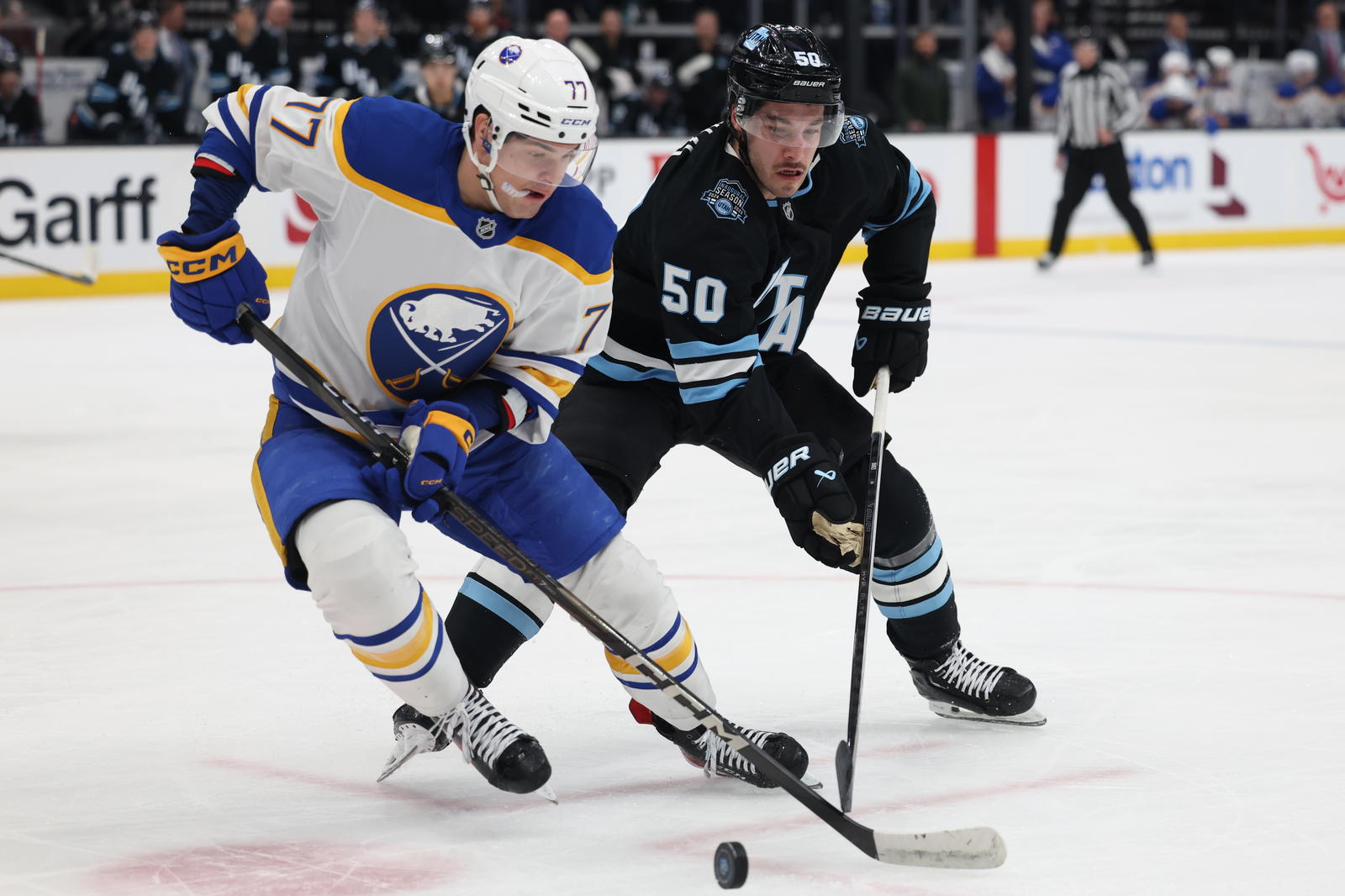
That’s an asset Peterka has honed over the years. In fact, it dates back to the days when playing in the NHL was nothing but a distant dream. Peterka grew up a multi-sport athlete, and he sounds like he’s rattling off a list of Olympic events when naming his hobbies. His interest in multiple sporting disciplines led him to spend his winters balancing hockey with short-track speed skating. And while he eventually ditched the spandex bodysuit, the technique he learned on the oval remains to this day.
“I was always one of the fastest guys, probably because of that,” Peterka said. “Translating that to hockey wasn’t too hard. Obviously, not as many turns, but for straight-line skating and that stuff, it really helps.”
It’s one of those things you ask those GMs about. ‘Is there any life to this story?’ This particular one had some legs- Utah GM Bill Armstrong on rumors of Peterka’s availability.
–
Despite Peterka’s skill set and promising on-ice results, no one is expecting him to arrive and act as an immediate panacea for Utah’s scoring woes, nor is he being heralded as the missing piece who will singlehandedly push the club into Stanley Cup contention. That’s not the kind of pressure Armstrong wants to put on the youngster, either. This is all new for Peterka, who said getting traded was a “weird feeling.” He’ll have to put down new roots in a new city and without the benefit of any familiar faces – his lone personal connections are to Utah prospects and fellow German national-team players Maksymilian Szuber and Julian Lutz.
Once that bedding-in period is complete, though, and Peterka has become familiar with his new Mammoth teammates, the hope is he will be one of the driving forces who help Utah turn promise and potential into post-season hockey and perhaps even a championship run.
That could happen in short order. It could be in due time. But Peterka is confident that, sooner or later, on-ice success is in the cards for the club.
“When you look at the roster and how many young players are there and already so good,” Peterka said, “I think just timeline-wise, for me, it’s going to be a perfect fit.”
This article appeared in our 2025 Meet the New Guys issue. The cover story for this issue features the newest Vegas Golden Knight, Mitch Marner, as he looks to shine in the desert. We also include features on new Jets forward Jonathan Toews, Canadiens D-man Noah Dobson and more. In addition, we take a look at the top ‘new guys’ from each NHL division.
You can get it in print for free when you subscribe to The Hockey News at THN.com/Free today. All subscriptions include complete access to more than 76 years of articles at The Hockey News Archive.

